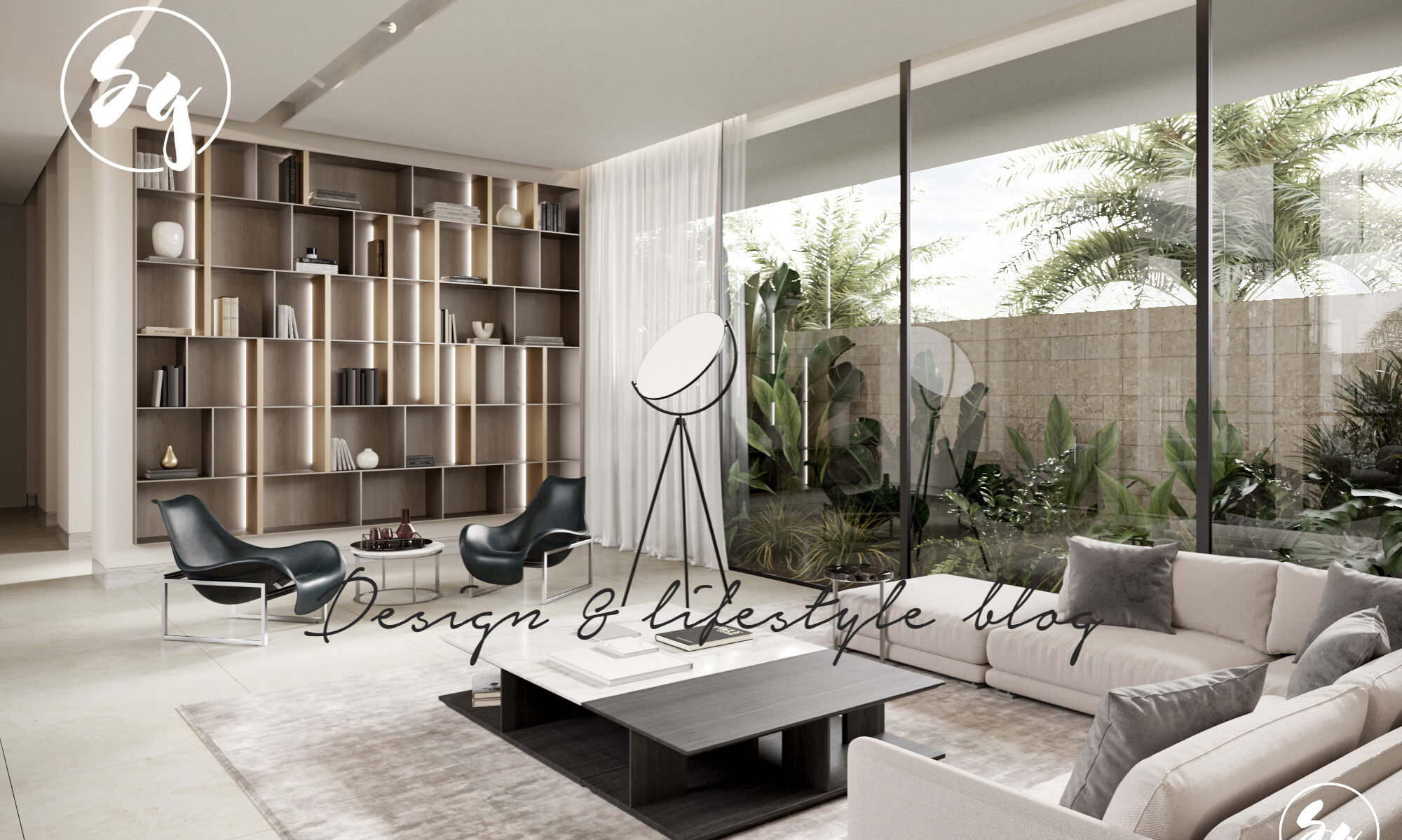Back in 1291, famous venetian glassmakers were forced to move to Murano, an island in Northern Italy. Hence it became famous for all its glass art and especially chandeliers. This is why you keep hearing people referring to high end glass as “Murano” glass.Among the very few families who were linked to glassmaking were Barovier & Toso, still considered among the top names in fine Murano glass lighting. Barovier & Toso have been in the market for hundreds of years with designs and collections ranging from the classic to the contemporary with their main focus on quality, trendy designs, and beautiful colors. Their services of allowing custom designs with endless shapes have linked them to the top names in hospitality and fashion houses designing exclusive pieces for their clients. They provide solutions to both commercial and residential projects. I included in this post a nice selection from their designs, hope you like them.
In recognition of their being the oldest family of glassmakers in the world, the Barovier family has earned a place for itself in the Guinness Book of Records. In addition, since 1987, the Baroviers have been members of the “Les Henokiens” , a prestigious international club that counts just 42 members all over the world: in fact, the prerequisites are peculiar – 200 years must have gone since the company foundation and, last but not least, the current shareholders have necessarily to be descendants of the former founders.
More about Murano:
In 1291, all the glassmakers in Venice were forced to move to Murano due to the risk of fires.In the following century, exports began, and the island became famous, initially for glass beads and mirrors. Aventurine glass was invented on the island, and for a while Murano was the main producer of glass in Europe. The island later became known for chandeliers. Although decline set in during the eighteenth century, glassmaking is still the island’s main industry.
Murano glass is still associated with Venetian glass.Murano’s glassmakers were soon numbered among the island’s most prominent citizens. By the 14th century, glassmakers were allowed to wear swords, enjoyed immunity from prosecution by the Venetian state, and found their daughters married into Venice’s most affluent families. While benefiting from certain statutory privileges, glassmakers were forbidden to leave the Republic.
Some of the companies that own historical glass factories in Murano are among the most important brands of glass in the world. These companies include Venini, Barovier & Toso, Simone Cenedese and Seguso.
The oldest Murano glass factory that is still active today is that of Pauly & C. – Compagnia Venezia Murano, founded in 1866.
While Murano glassmakers have settled and operate elsewhere, some say authentic Murano glass is fabricated only in Murano















I saw your post on Twitter, B&T always seem to create terrific new lighting designs, in addition to everything else they do. Im sure this has a lot to do with why the company has been around so long!